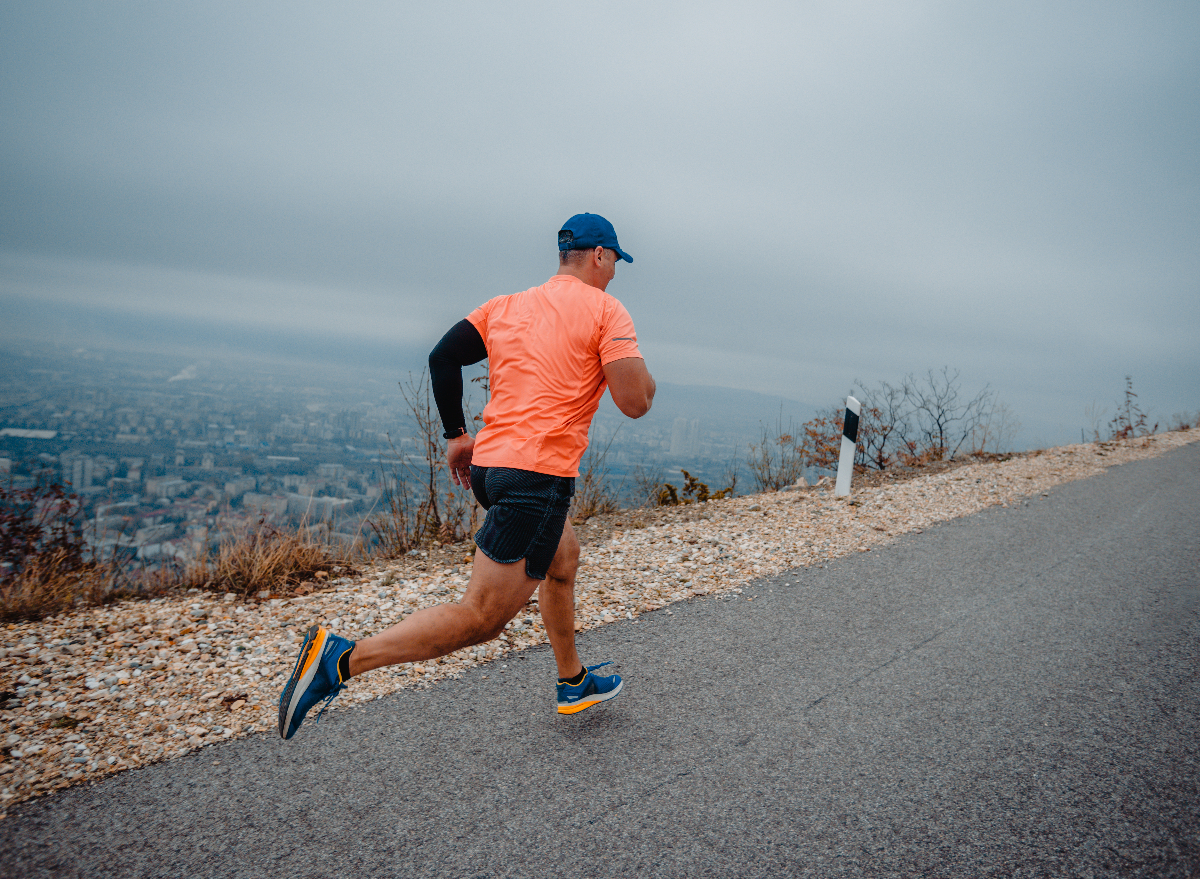Master Your Running Workout: Efficient Strategies for Success
Wiki Article
Managing Common Running Discomforts: Causes, Solutions, and Avoidance
As joggers, we commonly encounter different discomforts that can hinder our efficiency and satisfaction of this physical activity. By discovering the root reasons for these operating discomforts, we can uncover targeted solutions and preventative steps to ensure a smoother and extra meeting running experience.Usual Running Pain: Shin Splints
Shin splints, a typical running pain, frequently result from overuse or inappropriate shoes throughout exercise. This problem, medically recognized as median tibial anxiety disorder, materializes as pain along the inner side of the shinbone (tibia) and is common among athletes and runners. The recurring stress on the shinbone and the tissues affixing the muscles to the bone leads to inflammation and discomfort. Joggers that swiftly boost the strength or duration of their exercises, or those that have level feet or incorrect running strategies, are particularly vulnerable to shin splints.To avoid shin splints, people should progressively raise the strength of their exercises, wear proper footwear with proper arch assistance, and preserve versatility and toughness in the muscular tissues surrounding the shin. If shin splints do take place, initial therapy entails remainder, ice, compression, and altitude (RICE) Additionally, integrating low-impact tasks like swimming or cycling can aid maintain cardiovascular fitness while enabling the shins to recover. Relentless or severe situations might need medical analysis and physical therapy for effective monitoring.
Typical Running Pain: IT Band Disorder
Along with shin splints, an additional common running discomfort that professional athletes usually encounter is IT Band Syndrome, a condition brought on by swelling of the iliotibial band that runs along the external thigh and knee. IT Band Syndrome commonly shows up as pain outside of the knee, specifically throughout tasks like running or cycling. The iliotibial band is a thick band of fascia that connects the aware of the shin, and when it becomes irritated or limited, it can massage against the upper leg bone, bring about discomfort and discomfort.Runners experiencing IT Band Disorder might see a painful or hurting feeling on the external knee, which can get worse with ongoing task. Factors such as overuse, muscle mass discrepancies, improper running kind, or poor workout can add to the development of this condition.
Typical Running Pain: Plantar Fasciitis

Plantar Fasciitis can be connected to various variables such as overtraining, incorrect shoes, running on difficult surface areas, or having high arches or level feet. To protect against and relieve Plantar Fasciitis, runners can integrate stretching exercises for the calf bones and plantar fascia, wear helpful footwear, keep a healthy and balanced weight to decrease strain on the feet, and progressively enhance running intensity to avoid sudden stress on the plantar fascia. If symptoms linger, it is advised to consult a health care professional for correct diagnosis and therapy alternatives to attend to the problem effectively.
Usual Running Pain: Jogger's Knee
After resolving the obstacles of Plantar Fasciitis, another common issue that joggers typically deal with is Jogger's Knee, an usual running pain that can prevent athletic efficiency and cause pain throughout physical task. Runner's Knee, additionally known as patellofemoral pain disorder, materializes as pain around or behind the kneecap. This problem is typically credited to overuse, muscle inequalities, incorrect running strategies, or troubles with the placement of the kneecap. Runners experiencing this pain may feel a plain, aching discomfort while running, rising or down staircases, or after prolonged durations of sitting. To avoid Runner's Knee, it is crucial to include correct warm-up and cool-down regimens, maintain solid and well balanced leg muscles, put on appropriate footwear, and gradually enhance running intensity. If signs continue, inquiring from a healthcare expert or a sporting activities medicine expert is recommended to diagnose the underlying cause and develop a customized therapy plan to alleviate the pain and avoid further difficulties.Typical Running Pain: Achilles Tendonitis
Commonly afflicting runners, Achilles Tendonitis is an unpleasant problem that affects the Achilles ligament, creating pain and potential limitations in exercise. The Achilles tendon is a thick band of tissue that attaches the calf muscles to the heel bone, crucial for tasks like running, jumping, and strolling - pop over to this site useful info. Achilles Tendonitis frequently develops because of overuse, incorrect shoes, poor stretching, or sudden boosts in physical activitySigns of Achilles Tendonitis include pain and tightness along the ligament, especially in the early morning or after durations of lack of exercise, swelling that aggravates with activity, and possibly bone stimulates in persistent instances. To avoid Achilles Tendonitis, it is necessary to stretch properly previously and after running, put on appropriate footwear with proper assistance, gradually boost the strength of workout, and cross-train to minimize recurring stress and anxiety on the ligament. Treatment may include rest, ice, compression, altitude (RICE protocol), physical treatment, orthotics, and in severe situations, surgical procedure. Early intervention and proper treatment are crucial for handling Achilles Tendonitis efficiently and preventing long-lasting complications.
Conclusion

Report this wiki page